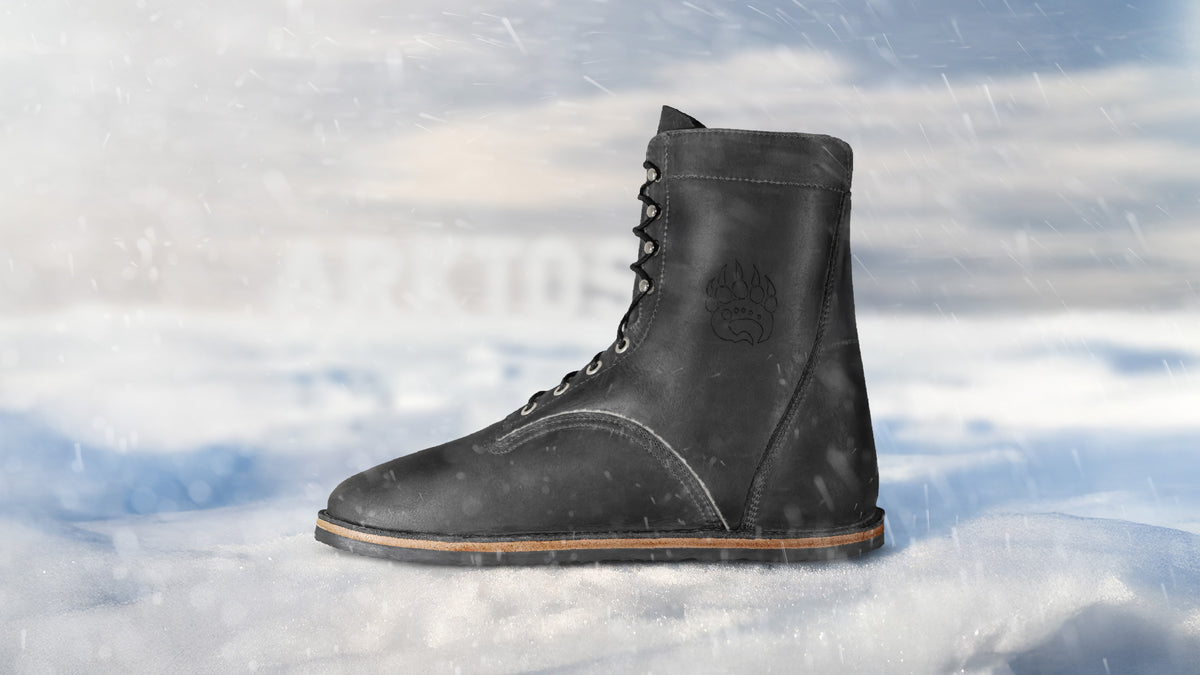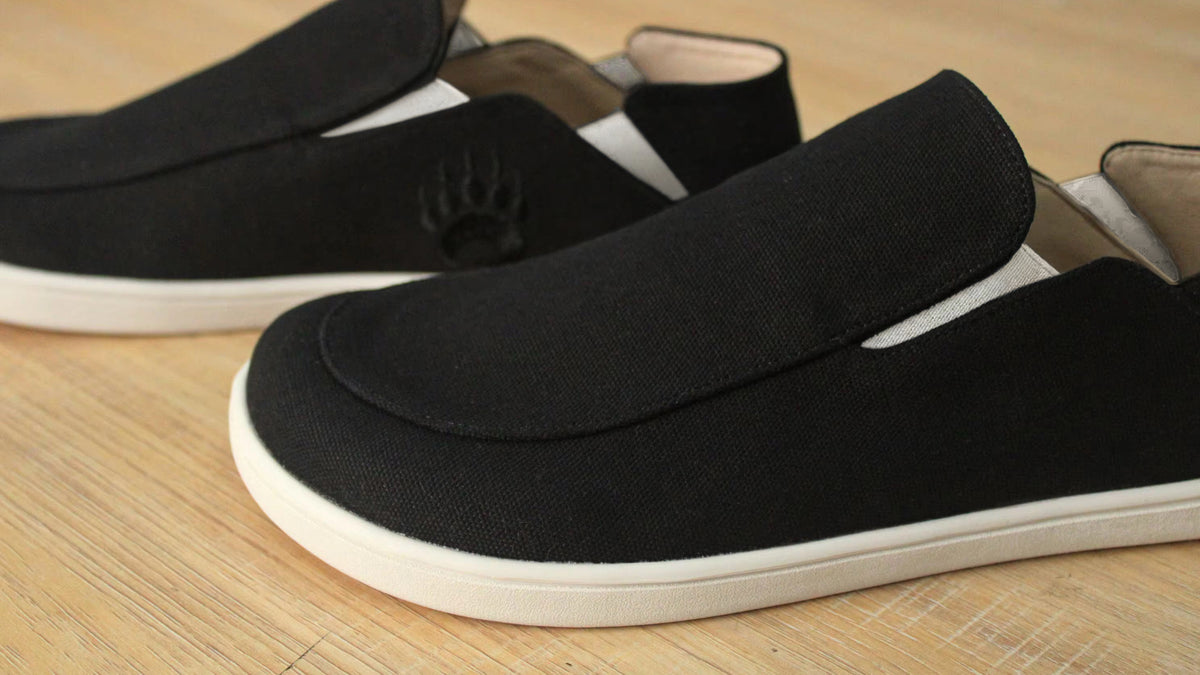Fix Your Flat Feet: Best Exercises for Fallen Arches
By: Lily Hoog-Fry & John Baker
What are Flat Feet?
We’ve all heard of flat feet, but what does this statement really mean?
Essentially, having a flat foot means that the main arch of your foot, the medial longitudinal arch, is compromised. And thus, the inside of the foot rolls down toward the floor, and the foot arch flattens. In this article, we will explore the anatomy contributing to this condition, who gets it, and the best exercises you can do at home to raise it. It's important to note this condition is much different than having low arches or having your arch collapse slightly during movement.
We All Start with Flat Feet
As we age, our arches are initially formed by how our foot bones fit together, but they are given further strength and shape over time by the tension of our soft tissues. All infants are born with flat feet, but as long as there aren’t any bony abnormalities, they start to develop arches around age 3. The arch of the foot continues to grow stronger until it should resemble the normal arch height of an adult arch by 7-10 years old (Pes Planus, 2023).
What are 'Rigid Flat Feet'?
Clinicians who specialize in the treatment of flat feet can differentiate boney (fixed/structural) versus soft tissue (functional/flexible) causes of flat feet with a simple exercise called "Jack's Test". The clinician passively lifts the patient's big toe and sees if the foot's arch lifts (Jack’s Test). If the inside of the foot doesn’t lift into a slight arch, we know there is a bony abnormality that they’ve likely had since birth, and it is referred to as “fixed” or “rigid.”
A common cause of the rare fixed version of flat feet is called tarsal coalition, in which the small bones never separate apart in utero. These patients are candidates for orthotics as no amount of soft tissue work/ strengthening will change their boney structure (although the structure can’t change, symptoms can still improve with soft tissue work and strength exercises!) (Pes Planus, 2023).
What are 'Flexible Flat Feet'?
If the issue is in the soft tissue, we think of overstretched medial structures, like the spring and deltoid ligaments (connecting your foot bones and your ankle to your lower leg), the posterior tibial tendon (which runs from the calf muscles behind the medial bump on your ankle down to splatter onto the bottom of many of the little tarsal bones) and the muscles that flex our big toe (flexor hallucis longus & brevis). Even the most perfect bone structure can’t support itself without integrity and strength in these structures and will develop a flat foot over time (Pes Planus, 2023).
When the medial structures of the foot/ankle are overstretched, it changes the orientation of the entire foot – lengthening and loading already stretched structures and, conversely, tightening structures on the opposite side. The tissues being shortened are the peroneal muscles (from the upper lateral calf behind the lateral ankle bump and around the bottom of the foot) and the talofibular ligament (connecting the foot to the lower leg). With time, these tight muscles can change their resting lengths to stay shortened and become fibrotic (Pes Planus, 2023).
Some degree of flat feet (also called pes planus, compared to high arches, called pes cavus, like a cave) is present in 20-37% of the US population (Raj et al, 2022). They occur more in people over 40 years old, people with underlying connective tissue disorders that make their ligaments laxer, use footwear in infancy, are diabetics, have foot injuries, and live in urban areas (Pita-Fernandez, 2017). However, the most common cause is the above-mentioned posterior tibial muscle dysfunction (Yang et al, 2020).
Flat Feet, So What?
Why does it matter if the entire sole of the foot is flat? Isn't this a common foot condition? Well, the symptoms of flat feet are associated with significantly diminished quality of life scores. This means people with pes planus report being more limited when doing activities like carrying groceries or walking around the block (Pita-Fernandez, 2017). We also know that localized knee pain appears to be associated with flat feet, as shown in 97,279 military recruits (Lakstein, 2010). I don’t know about you, but I want to carry my groceries without chronic pain for at least 70 more years.
I’d also like to have better support for my pain-free squats tomorrow. When the arches of the feet are flat, our calves are weak (and probably your glutes), but that’s for a different article). This changes the biomechanics of the knee, hip, pelvis, and spine and can lead to overuse injuries (think tears or stress fractures), osteoarthritis, and pain (Raj et al, 2022).
At-Home Tools to Lift that Flat Foot:
Our general principle for pain relief here is to strengthen the intrinsic muscles on the inside of the foot and calf while stretching the outside of the foot and calf. The following exercises are designed to strengthen your foot muscles and loosen any tight calf muscle which could be causing your foot pain.
Several things to note before we start:
- Inversion of the foot means the sole points inward.
- Eversion means it points outwards.
- Dorsiflex means the foot moves toward your face
- Plantar flexed is pointing your toes away from you
- These are general starting places for reps – if they are easy, go up, if they seem hard, go down to tolerance.
- Massage your peroneal muscles with a ball:
- Start by laying on your side, putting a mid-sized ball between your lower calf, and the floor near your knee.
- Allow your leg to get heavy, flopping onto the ball, and slowly plantar flex and invert your foot
- Move the ball a little closer to your foot, and again plantar flex and invert.
- Repeat down the calf until just before the bony bump of your ankle at the bottom.
- Massage your peroneal muscles by hand:
- Get out some lotion, and using your own hands, try to massage around and lengthen the muscles in your lateral calf AND lateral foot.
- No one knows what the sensitive spots need more than you!
- But remember, more pain isn’t always more gain! Go gently at first.
- Strengthen your toe flexor muscles:
- Lay somewhere cozy on your back with your legs straight
- Dorsiflex your ankle and squeeze your toes into flexion like you’re holding a pebble with your foot for 10 seconds
- Plantar flex your ankle and repeat flexing the toes for 10
- Invert the pointed ankles and flex the toes for 10
- Last one, pull just your big toe back toward you while pointing the rest of the foot down for 10
- Repeat 3x
- If you cramp up, this is the exercise that you especially need! But shorten the time to just before you cramp up
- Strengthen your posterior tibialis using a band:
- Start by sitting in a figure-four position in a chair
- Take a lightweight band (like a Thera-Band or something) and wrap it around the foot that is on the ground - this will be your anchor- your right foot.
- Take the band and then wrap it around the midfoot of the other foot - your left foot that is crossed near your right knee.
- The band should try to pull your foot towards the floor and into eversion
- Allow your foot to be pulled toward the floor in a controlled fashion, and then invert your foot against the band and hold at your end range for one second, evert your foot back down all the way– that's one rep
- Do this in varying degrees of plantar flexion 10 times per foot.
REFERENCES



